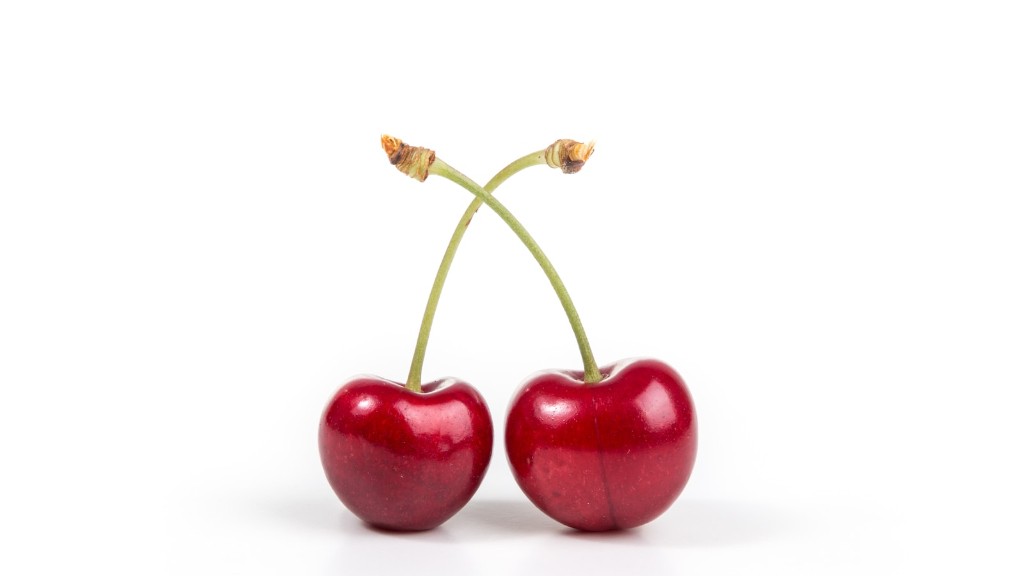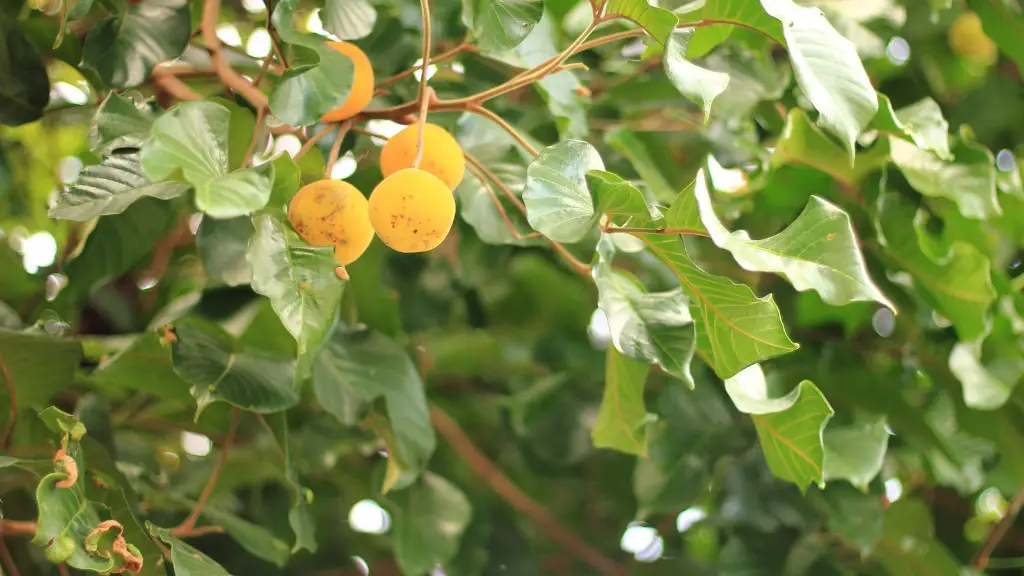If you have a palm tree that is affected by fungus, you may be wondering how to get rid of it. Fungus can be a difficult problem to solve, but there are a few things you can do to help get rid of it. First, you need to identify the type of fungus that is affecting your palm tree. This can be done by taking a sample of the affected area to a local nursery or gardening center. Once you know the type of fungus, you can select the appropriate treatment. There are a number of different fungicides available, so be sure to read the labels carefully to select the one that is best for your particular situation.
First, remove any dead leaves or debris from around the base of the palm tree. Next, prune away any infected leaves or branches. Finally, treat the fungus with a fungicide specifically designed for palm trees.
What kills palm tree fungus?
Leaf spots can be unsightly, but in most cases they will not kill the tree. Fungicides are usually not necessary, but if the damage becomes severe, copper fungicides may be used. If palm fruits are used for food, copper fungicides are the only approved fungicides.
Fusarium wilt is a fungal infection that affects palm trees. The fungus enters through the roots and travels up the trunk, eventually killing the tree. Look for wilting leaves, yellowing leaves, and brown streaks. There is no cure for fusarium wilt, so infected trees must be removed and destroyed.
How do I get rid of white fungus on my palm tree
Vinegar is a great way to get rid of mold and mildew. Simply mix two tablespoons of apple cider vinegar with a quart of water and spray onto the affected areas. Repeat every few days until all traces of mold are gone.
Fusarium Wilt is the most common fungal infection afflicting palms. It is caused by a soil fungus, Fusarium oxysporum. The fungal spores enter the plants and trees through the roots with water, and colonize the water-conducting vessels of the plant. This results in the plant’s leaves wilting and turning brown. Fusarium Wilt can kill a palm tree if it is not treated.
Can a tree with fungus be saved?
When a tree is diagnosed with this fungal disease, the only step to be taken is tree removal and chemical treatment of the region. In some cases, pruning of infected areas and fungicide treatments can be an effective way to save the tree.
It is possible to get rid of fungus on a tree by using various methods. One method is to use a chemical treatment, which will kill the fungus. Another method is to remove the infected parts of the tree, which will stop the spread of the fungus.
What removes fungus from trees?
Most lichen species can be eliminated from a tree with a mixture of 6 tablespoons of liquid copper sulfate mixed with 1 gallon of water applied during the tree’s dormant season. When applying this mixture, cover the lichen to the point of runoff.
A good place to start is a mix of mild liquid soap and water, sprayed onto houseplants. One teaspoon of soap per litre of water will do the job. It sounds simple, but this formula will treat a lot of common houseplant pests. Add just a teaspoon of bicarbonate of soda and it becomes a great fungicide as well.
Is there a spray for tree fungus
Liquid Copper Fungicide Spray is an important tool for preventing and treating diseases on a wide variety of trees. It can effectively control diseases such as anthracnose, bacterial leaf spot, fireblight, and botrytis, among many others.
If you notice your palm fronds have white spots, it’s likely because the tree has a waxy surface. This is normal and nothing to worry about. However, if you see more plump, white spots that are slightly raised, this could be an infestation of scale insects.
What is the white fungus on palm tree trunks?
Ganoderma zonatum is a plant fungus that typically produces a conk, or fruiting body, on the sides of palm trees. The conk is the most easily identifiable structure associated with the fungus and can vary in size from a few centimeters to over a meter in diameter. When the conk first starts to form, it is a solid white mass that is relatively soft when touched. This “white button” is the beginning stage of the conk. As the conk matures, it becomes harder and takes on a darker appearance, often developing a brown or black crust. The Ganoderma zonatum conk is an important source of food and shelter for many animals in tropical forests.
There are many different recipes for homemade baking soda spray, but the basic idea is to mix baking soda with water and a small amount of dish soap or vegetable oil. You can also add a few drops of essential oil for fragrance. To use, simply spray the solution on your plants, being sure to cover the undersides of the leaves.
What does a diseased palm tree look like
This is not a soft rot so, although infected, the trunk does not develop soft spots. Symptoms include a generalized decline in health, withering fronds, stunted new growth, yellowing leaves, paler leaves, a weakened trunk, and root rot. As the disease progresses, the palm trunk may collapse, and the palm head falls off.
If you spot any fungus on your plants, don’t worry! While it may not be pleasant to look at, it is usually not fatal to your plants and can be treated relatively easily. Most fungus problems can even be prevented with a little bit of vigilance. So if you do see fungus, don’t panic – your plants will likely recover just fine.
Can tree fungus be harmful to humans?
There are some exceptions to this rule, however. For example, the bacterium that causes tuberculosis is the same one that infects both humans and other mammals. Additionally, some fungal diseases can infect both plants and animals.
If you see fungi growing on a tree, it’s a good indication that the tree is decaying or dying. This is because fungi feed on organic matter, so they’re often a sign that a tree is nearing the end of its life.
Warp Up
There are a few things you can do to get rid of palm tree fungus. First, you can try pruning away the affected parts of the tree. You can also try using a fungicide, but be sure to follow the directions carefully. You may also need to provide the tree with extra nutrients and water to help it recover from the fungus.
If you have palm tree fungus, the best course of action is to remove the affected leaves and destroy them. You can also treat the fungus with a fungicide, but be sure to follow the instructions carefully. Palm tree fungus can be difficult to get rid of, but with patience and perseverance, you can eventually rid your palm tree of this problem.




